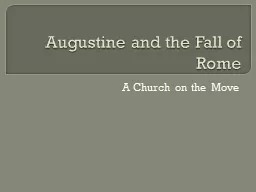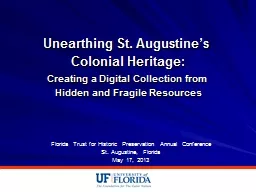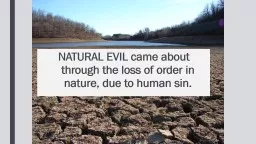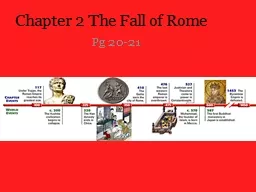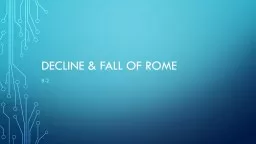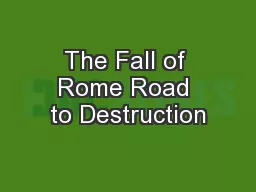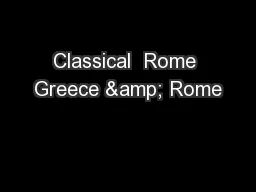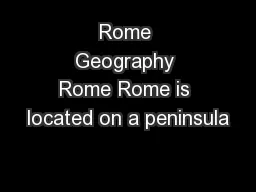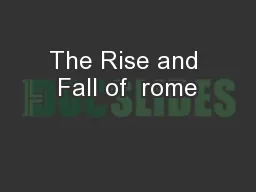PPT-Augustine and the Fall of Rome
Author : stefany-barnette | Published Date : 2015-12-07
A Church on the Move St Augustine Augustine born 354 convert from paganism Bishop of Hippo North Africa 395430 Much of our current theology stems from Augustine
Presentation Embed Code
Download Presentation
Download Presentation The PPT/PDF document "Augustine and the Fall of Rome" is the property of its rightful owner. Permission is granted to download and print the materials on this website for personal, non-commercial use only, and to display it on your personal computer provided you do not modify the materials and that you retain all copyright notices contained in the materials. By downloading content from our website, you accept the terms of this agreement.
Augustine and the Fall of Rome: Transcript
Download Rules Of Document
"Augustine and the Fall of Rome"The content belongs to its owner. You may download and print it for personal use, without modification, and keep all copyright notices. By downloading, you agree to these terms.
Related Documents

